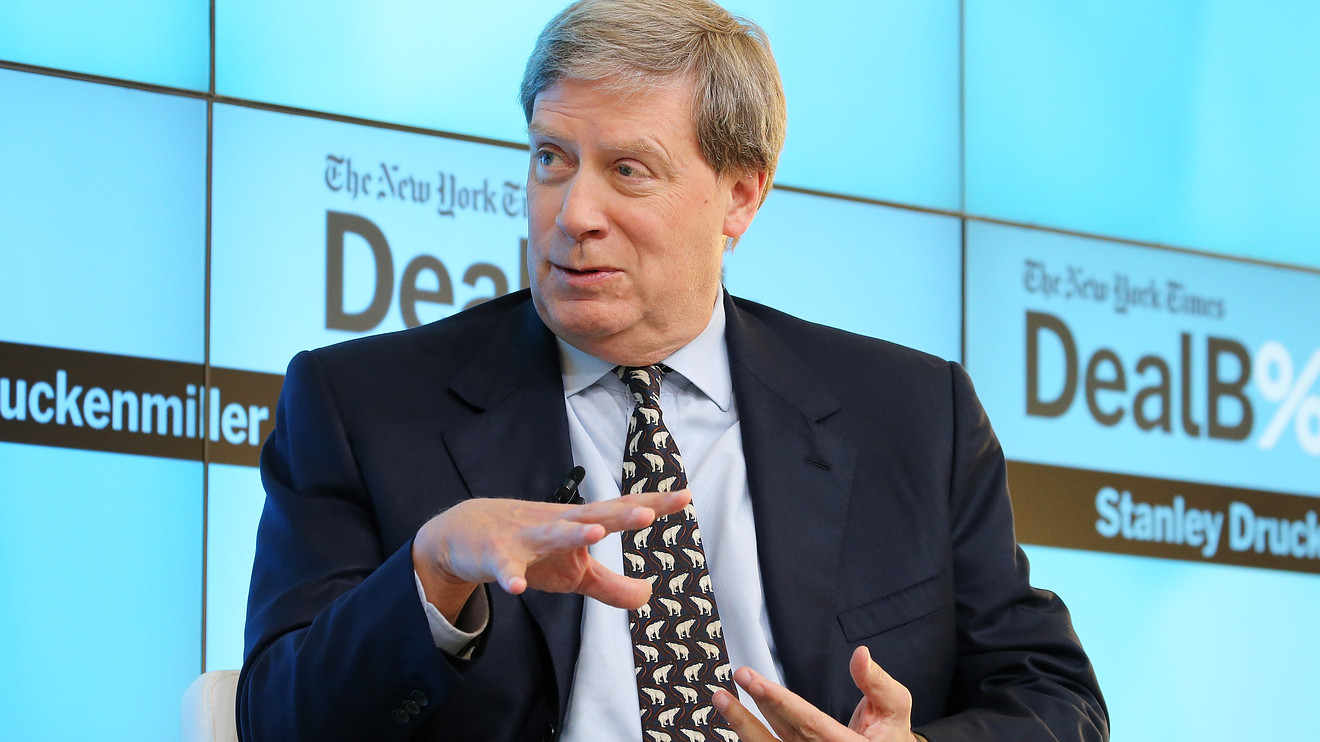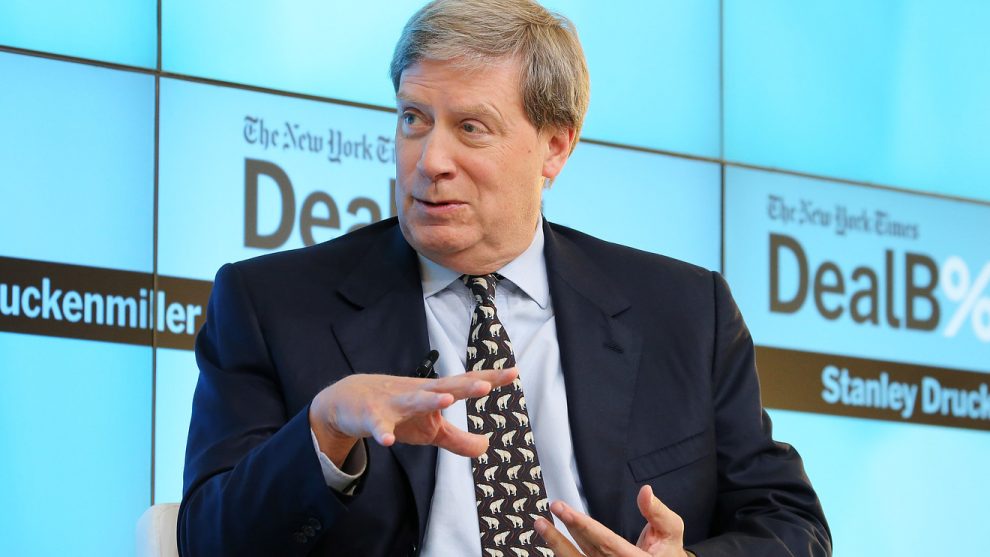
Stanley Druckenmiller says the past few weeks have been a humbling experience.
“ ‘Well I’ve been humbled many times in my career, and I’m sure I’ll be many times in the future. And the last three weeks certainly fits that category.’ ”
The famed former hedge-fund manager, who with George Soros famously broke the Bank of England by shorting the pound in 1992, told CNBC that his return during a more than 40% rally for the Dow Jones Industrial Average DJIA, +1.70%, S&P 500 index SPX, +1.20% and the Nasdaq Composite Index COMP, +1.12% from lows put in on March 23 has been a meager 3%.
Specifically, the S&P 500 and the Dow have surged more than 43% each, while the technology-laden index has returned 45% since the late-March low and is now on the verge of carving out an all-time closing high on Monday.
Read: Why Stanley Druckenmiller says the risk-reward of investing in stocks has never been worse
Back on May 12, speaking at a webinar run by The Economic Club of New York, the chairman and chief executive of Duquesne Family Office, described the dynamic in the market a month ago thusly: “The risk-reward for equity is maybe as bad as I’ve seen it in my career.”
Druckenmiller noted at the time that it isn’t usually wise to bet against a Federal Reserve that is supporting the market, with a series of cuts that took interest rates to a range of 0% and 0.25% in March, driving its balance sheet up to $7.21 trillion as of early June, from some $4 trillion from March.
However, the prominent investor said that valuations looked too lofty given the potential for a wave of corporate bankruptcies and an uncertain economic.
To be sure, the economy has seemingly improved, or at least bottomed, with the Labor Department on Friday, indicating that 2.5 million jobs were created in May, rather than some 8 million or 9 million that had been feared lost. But things could still spiral lower if the COVID-19 pandemic sees a resurgence or second wave of infections.
That said, Druckenmiller acknowledged that he underestimated the length the Fed would go to help support the financial markets. Investors will get more clarity on the central bank’s policy stance on Wednesday, at the conclusion of their two-day meeting.
Granted, there were a number of other investors that thought a month ago that the market would be sure to retest its March lows.





